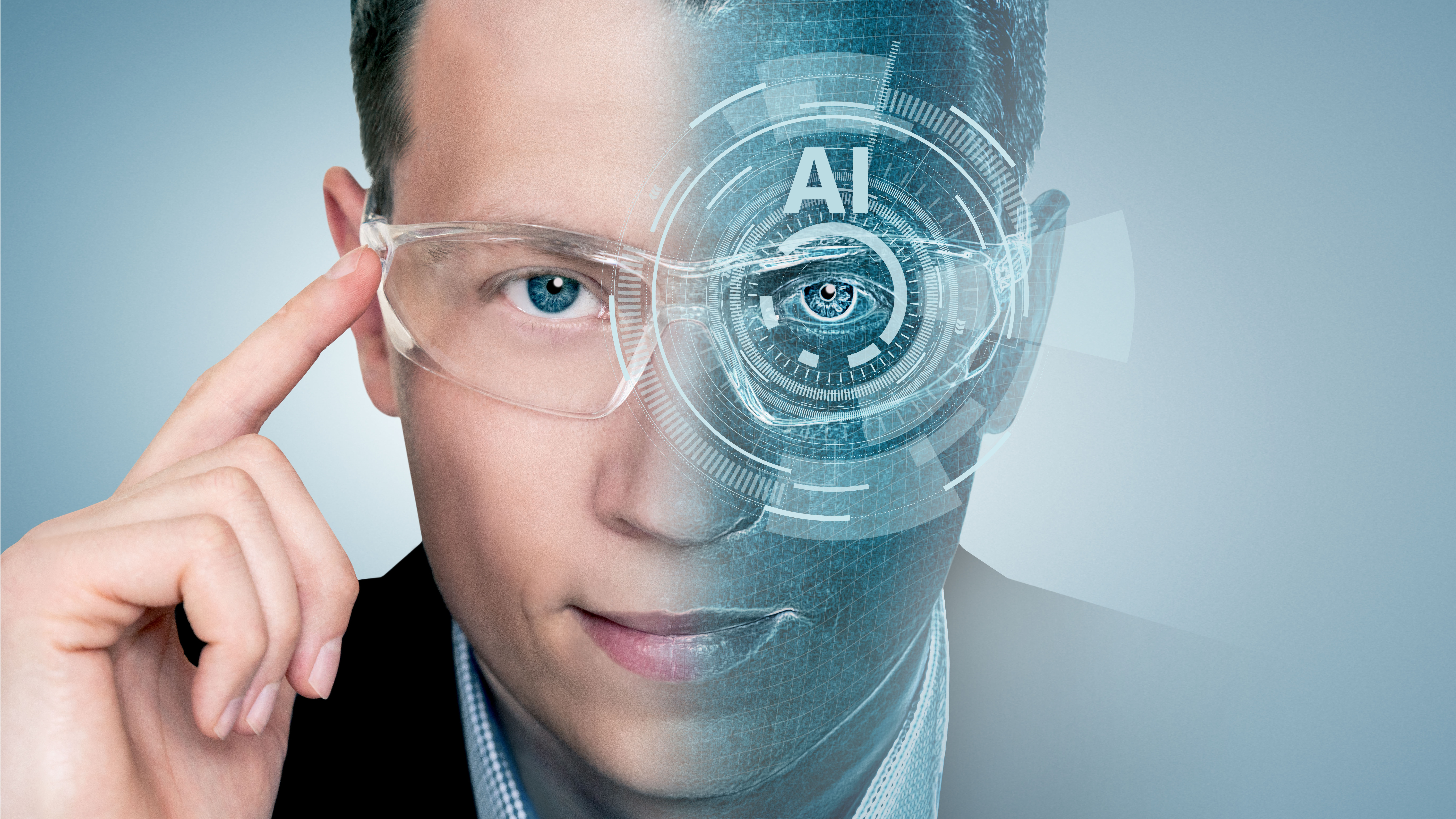How to get your business ready for AI: closing the skills gaps
Preparing teams for AI-enabled workplaces

The recent AI Action Summit has placed artificial intelligence at the forefront of business transformation, but there is a growing gap between AI implementation and workforce readiness emerging. While companies invest heavily in cutting-edge AI tools, many lack structured approaches to building essential AI competencies within their teams – a disconnect that threatens to undermine the very benefits these technologies promise to deliver.
As organizations grapple with ongoing challenges, from the macroeconomy to changing data policies to the competition for AI talent, the need to develop AI literacy has become a practical necessity rather than a future consideration. Add to that, the rising workforce expectations around flexible work and career development opportunities, and it’s clear that organizations must reimagine how they prepare their teams and also how their employees benefit from the adoption of AI.
VP and General Manager of EMEA at Smartsheet.
The current state of AI adoption
Organizations are implementing AI across their business, from content creation to machine to data analysis. A McKinsey research suggests that up to 30% of hours worked across economies could be automated by 2030, with millions of job changes required in the same timeframe.
This skills gap extends beyond technical expertise; it also includes understanding AI's potential and pinpointing the right applications across workstreams. Rather than replacing workers, AI should be viewed as their “sous chef,” enhancing productivity and efficiency in the workplace.
Research from the IBM Institute for Business Value found that organizations deploying AI at an operational level, rather than relying solely on skills-based initiatives, have outperformed their peers by 44% in key metrics such as employee retention and revenue growth. This suggests that successful AI integration depends not on deploying more tools, but on creating seamless, user-friendly employee experiences that enhance rather than complicate daily work.
Reimagining workforce development
Traditional training methods don't apply to the dynamic nature of AI. Organizations must create comprehensive training that accommodates different levels of AI literacy and varying roles within the company.
Doing this successfully requires nuanced thinking. Companies should implement programs that go beyond technical knowledge and include practical application and ethical considerations. Whether it is developing clear frameworks for AI use or establishing guidelines for use cases, it is important to create a safe space for experimentation and learning.
Above all, any framework created must be flexible and easy to adapt as the technology evolves. Organizations need trust-based management that ensures teams understand not just how to use AI tools, but when and why to leverage them effectively.
Executives and managers need to champion AI adoption, demonstrating their own commitment to learning and development. This top-down approach helps create a culture where AI skill development is valued across the organization. Leaders also need to be prepared to combat digital exhaustion by integrating AI tools into intuitive, unified platforms that support productivity without creating employee frustration.
The human element remains central
Many professionals navigating an AI-enabled workplace are concerned about how their skills and expertise fit in this new landscape. While anxiety is natural as employees wonder how AI will alter their roles, leaders need to help their teams see their place in this transformation.
For instance, some organizations have found success through practical demonstrations, such as having human experts fact-check AI-generated responses. This exercise helps professionals recognize AI as a useful starting point while spotting its shortcomings, validating employees' unique human expertise.
On the other hand, individuals need to identify the skills that make them valuable in their field and lean into them. Soft skills like leadership, compassion, and critical thinking will become even more valuable as routine tasks become automated.
Leaders are the catalysts for AI transformation, pioneering a new era of work by blending technological innovation with human ingenuity. By modelling AI adoption and setting clear roadmaps for AI adoption, they’ll be one step closer to creating a culture that balances technological advancement with employee wellbeing. As teams acquire new skills around AI and critical thinking, leadership's vision and commitment become the foundation for workplace evolution.
The time to act is now. Organizations cannot afford to wait until the AI skills gap becomes a crisis. By taking proactive steps to develop their workforce's capabilities, businesses can ensure they're prepared to thrive in an increasingly AI-enabled future. Taking decisive action now to develop your workforce's AI literacy can help your team prepare for change and also position your business to lead it.
We've ranked the best online collaboration tools.
This article was produced as part of TechRadarPro's Expert Insights channel where we feature the best and brightest minds in the technology industry today. The views expressed here are those of the author and are not necessarily those of TechRadarPro or Future plc. If you are interested in contributing find out more here: https://www.techradar.com/news/submit-your-story-to-techradar-pro
Are you a pro? Subscribe to our newsletter
Sign up to the TechRadar Pro newsletter to get all the top news, opinion, features and guidance your business needs to succeed!
VP and General Manager of EMEA at Smartsheet.
You must confirm your public display name before commenting
Please logout and then login again, you will then be prompted to enter your display name.